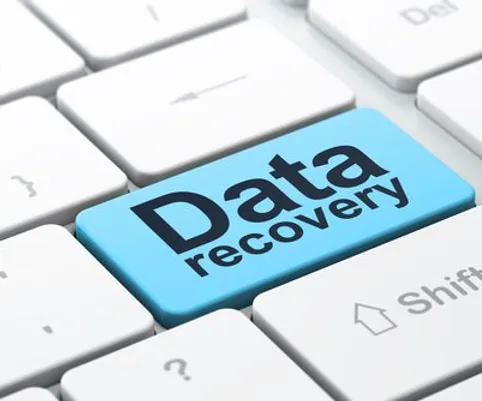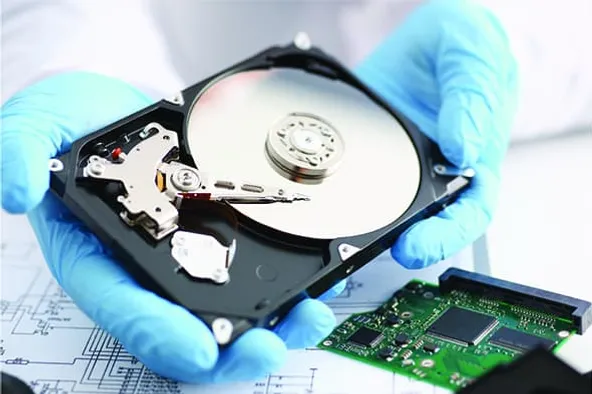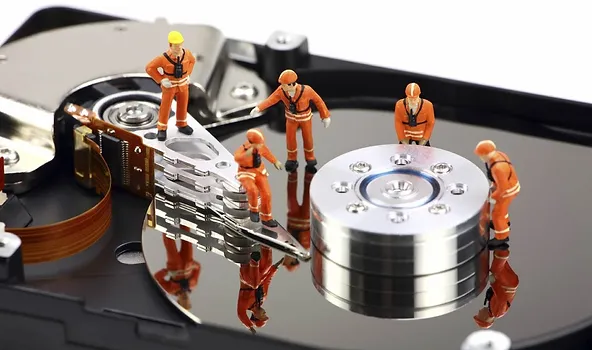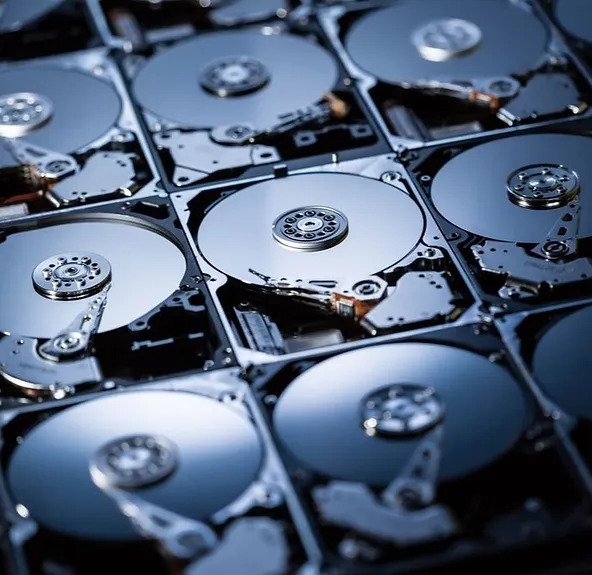If We Cannot Recover Any Of Your Data, There Is No Charge!
What Are My Chances of Recovering My Data?
Although we keep hearing how important it is to create multiple backups for relevant information, most people vaguely believe that they are never going to need them, or at least they put off the creation of their own backup system to an indefinite future. Information is extremely fragile and isn’t completely safe no matter where and how you store it. Data can be lost for many different reasons: as a result of virus attack, system failure, physical damage of storage device, accidental deleting, disk formatting to name just a few. The only guaranteed method of recovering lost data is to keep a backup in a place that is unconnected to your primary storage. However, even if you didn’t keep one, you still may recover all or some of your lost data — below are some of the things you can do to improve the likelihood of data recovery.
Stop All 'Write’ Operations
Contrary to widespread belief, after a file gets deleted, it isn’t immediately erased from existence. File systems are built to conserve the resources of hardware. As active deletion of files takes up resources, it normally just isn’t done (although there is software available for those who want to be able to erase all traces of their activity if need be). The system simply removes the entry about the file from the system: it remains in place but is merely no longer associated with its original name. As long as the file doesn’t suffer any further damage (mostly due to overwriting), it remains intact and can be recovered using our data recovery service.
So, if you want to increase your chances, stop all "write" operations for the storage device in question immediately: file creation and editing, copying data to the device, creation of temporary files, etc. If the lost files were kept in the system partition and are truly crucial, the best course of action is to turn off the power (don’t do a normal shutdown, as it may include “write” operations), remove the hard drive and start your data recovery using our 'Start Recovery" page.
Don’t Reboot The Damaged Storage
If the files you’ve lost were stored on the system drive, avoid rebooting it. With every subsequent attempt, the situation will deteriorate, making successful recovery less and less likely.
Don’t Defragment The Storage
It may sound obvious, but don’t defragment the drive in question if you’ve discovered data loss, as it makes a recovery highly unlikely.
Don’t Install Data Recovery Software On The Drive Where You’ve Lost The Files On
Again, it may sound obvious, but if you’ve decided to try and recover your files yourself, don’t install the software you intend to use on the same drive — it can overwrite the files in question. This would greatly lower your chances of a successful recovery by overwriting the files in question.
If The Drive Is Corrupted, Act Immediately
If you didn’t delete the files accidentally and the problem is in the hard drive itself, don’t wait and don't try to use recovery software. Most recovery software cannot recover corrupted data from a failing drive. Submit a 'Start Recovery' ticket as soon as possible. The longer you wait to do it, the higher is the chance of further data corruption and damage. If you act within the first few minutes of corruption starting, you can hope to restore most of your lost data. With every passing minute of a drive running that is corrupting data, your odds are getting worse.
Don’t Physically Tamper With The Drive
Even if you believe you are good at tech, you are almost certainly to make matters worse. Such operations should only be carried out by experienced engineers in a specific dust-free environment. Even if you believe that to repair the drive you just have to replace a circuit board, don’t do it – it may cause a firmware conflict that will make the drive completely unusable and unrecoverable.









